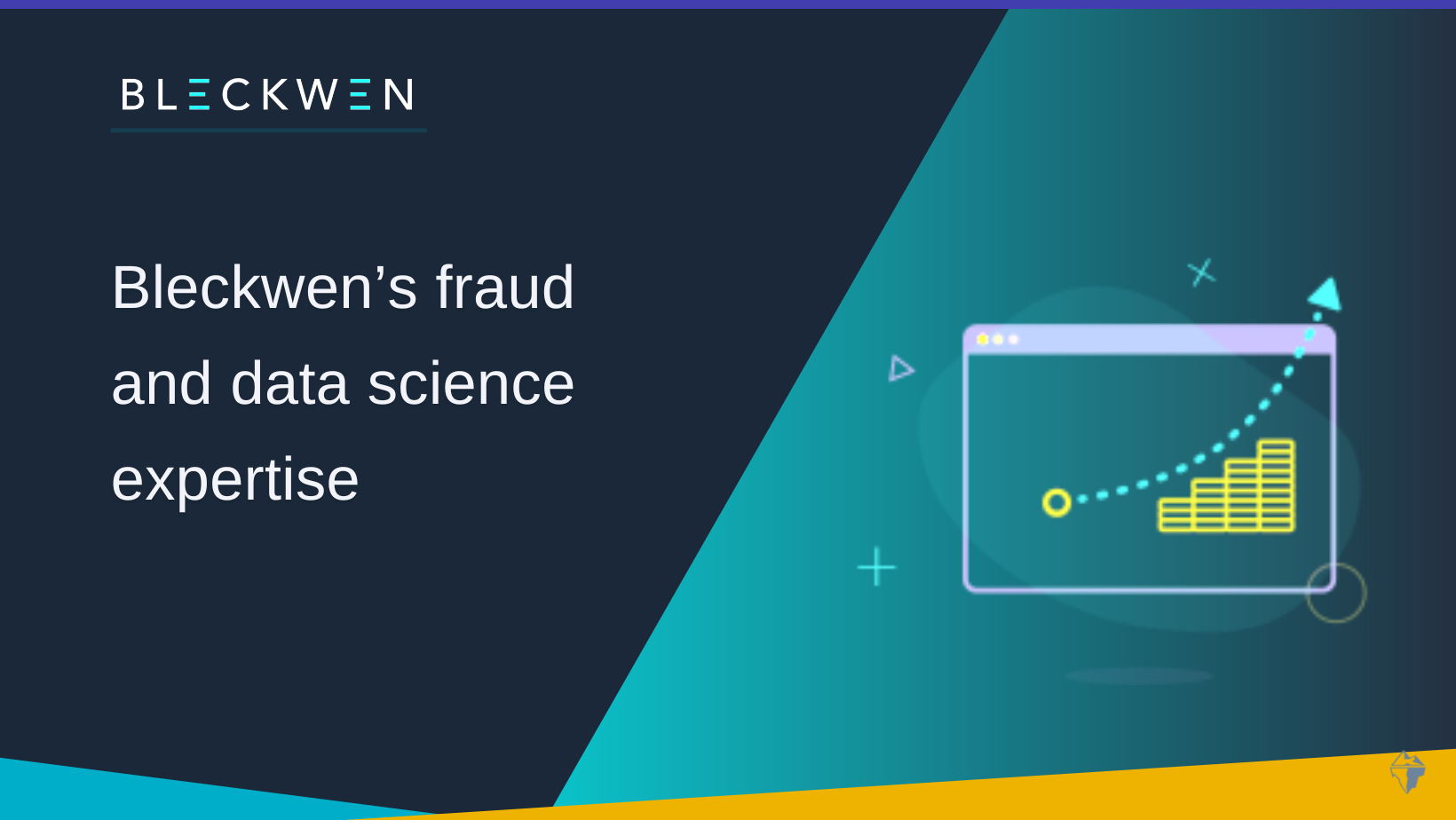
Beat residual credit fraud with expert machine learning
Residual credit fraud may represent “only” 10% of fraud attempts. Still, its ongoing presence is a massive thorn in the side of credit institutions, not only in terms of revenue loss but also in their reputation.
Tackling this small 10% via more “traditional” methods has proven to be a frustrating uphill battle for most companies. Companies are increasingly turning to AI and machine learning as an alternative. The use of these technologies as fraud-fighting tools is expected to triple over the next two years. Why such enthusiasm?

To fight fraud effectively, you need more sophisticated models
Most fraud can be detected manually with raw data, using rules set for 20-30 specific variables by the fraud prevention department. But there is nothing simple about residual fraud. The problem is that this method produces a "simple" model, which only captures simple attempts. Detecting it requires collecting much more data, cross-referencing it, contextualizing it, and updating it regularly to build and maintain a model. A model that is as sophisticated and agile as the tactics employed by the new generation of cybercriminals. However, as we will see, humans cannot tackle this feat alone.
Complex models = serious data crunching
Fighting residual fraud today requires more complex models, which translates into many more variables to crunch. But while there is usually an abundance of data available, whether in-house, open-source, or from vendors such as Creditsafe, the real challenge lies in how to process it.
Beyond 30 or 40 variables, the formulas become too complex for the human mind to grasp. With hundreds of indicators to cross-reference and navigate, it can be hard to know which way is up.
Choosing which variables to add, determining how much weight each one should hold, and its relative influence, putting them in categories, and establishing correlations between them (for example, to detect an over-indebted client) is a colossal undertaking that eats up human and financial resources.
To get around the problem, more and more companies are adopting artificial intelligence and machine learning, which allow them to collect an unlimited amount of data, cross-reference it and calculate the relative influence of different variables with unprecedented speed, accuracy, and reliability. Humans are still in the driver’s seat but no longer burning themselves out needlessly.
How to guarantee your models continue to perform over time
A model must be tested and assessed regularly in real-world conditions to remain effective. It must be able to evolve at the pace of fraud, shifting tactics as needed and taking advantage of every opportunity. Here again, the human mind quickly reaches its limits. A model can be manually tested in-house once or twice, but keeping it working requires ongoing maintenance. Therefore, constant manpower and financial resources continue to see results. Companies need AI and ML. If they want to truly automate the testing process, evaluate AI models regularly, and ensure they continue to perform with maximum ROI and minimal effort.
Navigating the intricacies of credit fraud requires expert ML solutions
When fighting credit fraud, not all AI and machine learning solutions are created equal. Out-of-the-box or blanket AutoML models are simply not enough to counter the avalanche of traps set by scam artists and their increasingly sophisticated and subtle strategies.
Credit institutions need expert machine learning solutions designed with in-depth knowledge of the industry they are meant for. Solutions that understand not only what data to include but also how to put it into context and use it to build suitable models can create effective anti-fraud strategies to be implemented over time. Also, answers that know how fraudsters work and which loopholes they’re likely to exploit.
Corporate credit fraud helps illustrate this need perfectly. Many cases of corporate credit fraud can only be detected by closely observing commodity flow or scrutinizing purchase and sale invoices. But without this inside knowledge, it would be straightforward to make the mistake of examining only accounts filed with Commercial Court clerks... completely missing incidences of fraud.
The best way to regain ground in the battle against residual credit fraud is to combine the power of cutting-edge technology with in-depth business expertise in financial fraud.
Our Bleckwen Credit Fraud Services solution does precisely this. Its models are developed and built by industry experts, tailored to your business, continuously updated, and designed to integrate seamlessly with your existing systems.

.png)



_ccexpress.png)
